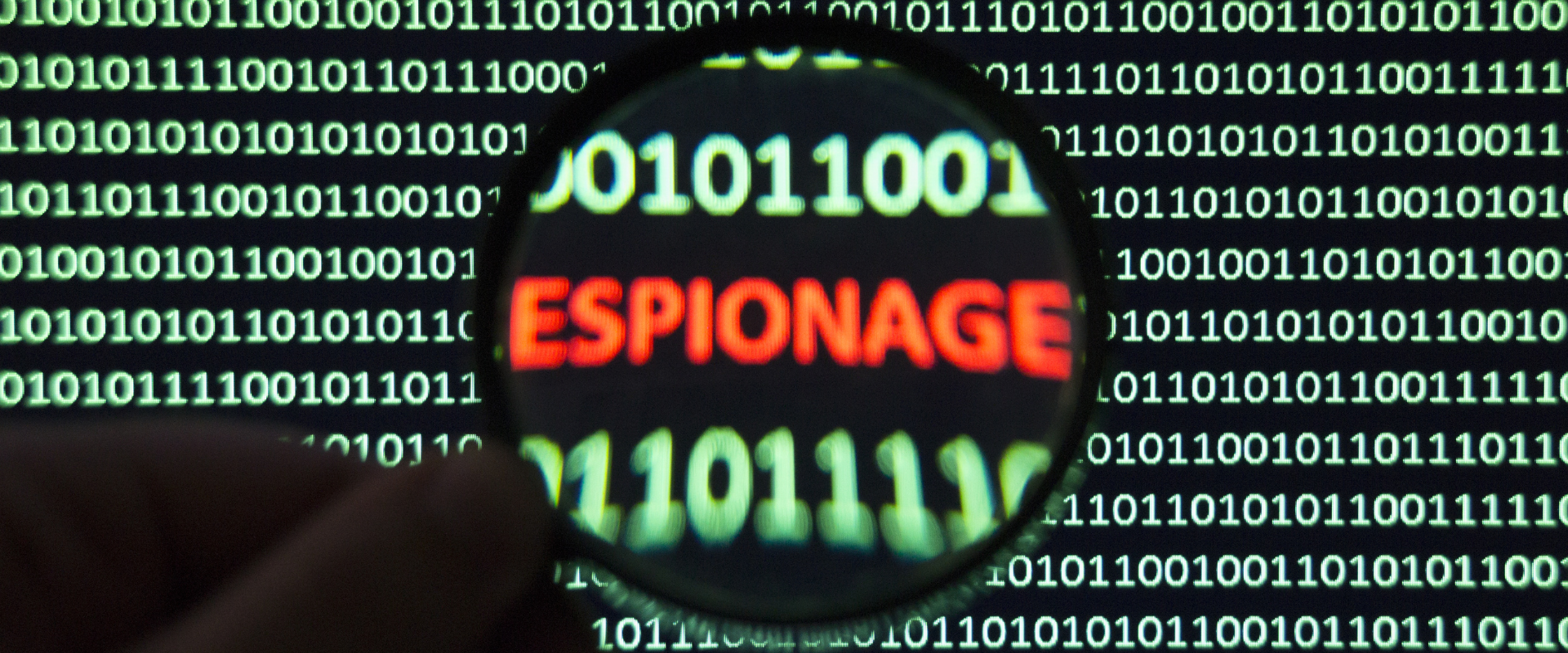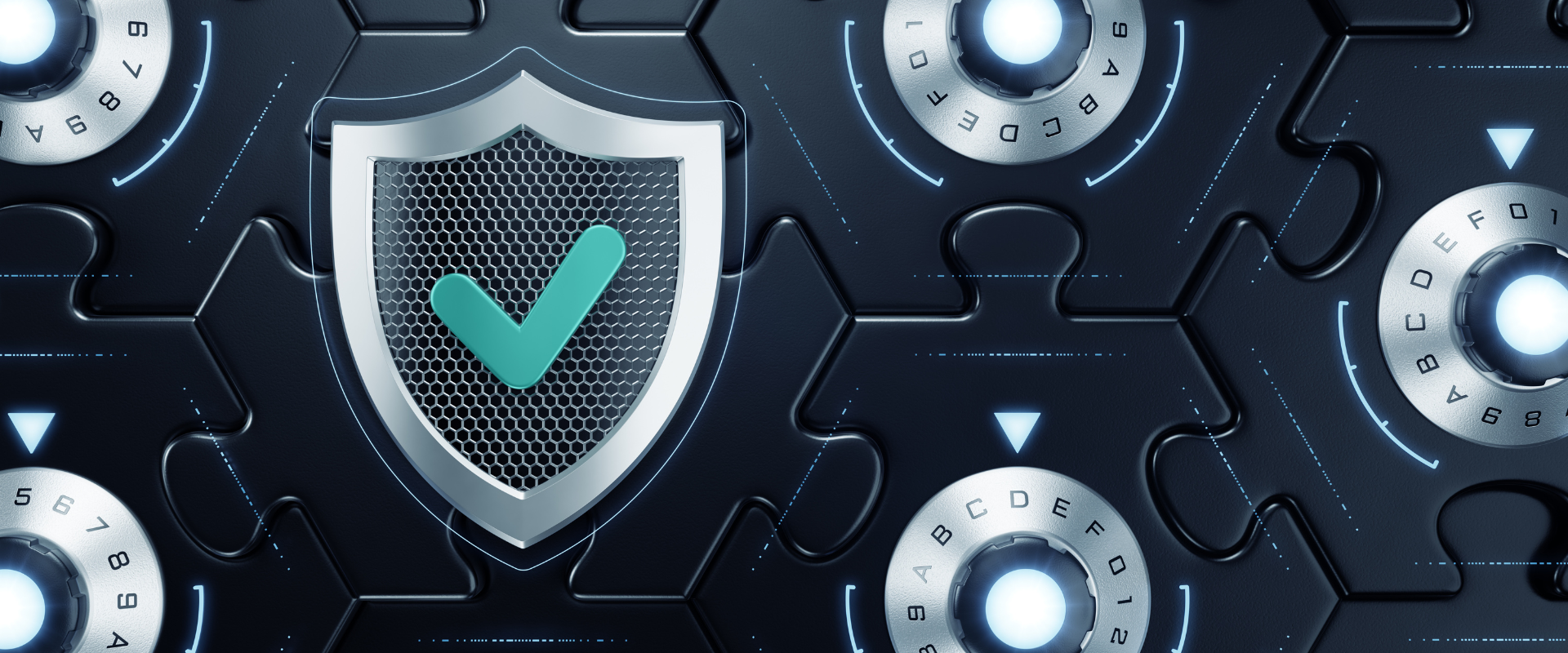
The Growing Threat of Cyber Espionage: How to Protect Your Organization from State-Sponsored Attacks
By, Webmaster
- 30 Jul, 2025
- 4.0k Views
As global tensions rise and cyber capabilities continue to evolve, cyber espionage has emerged as a major concern for businesses across all sectors. State-sponsored cyberattacks are becoming increasingly sophisticated and targeted, with malicious actors seeking to steal sensitive information, disrupt critical systems, and gain strategic advantages over their adversaries. These attacks are not just a threat to national security; they pose serious risks to businesses, intellectual property, and economic stability. In this article, we’ll explore the growing threat of cyber espionage, the methods used by state-sponsored actors, and the strategies businesses can implement to protect themselves from this ever-evolving cyber threat.
What is Cyber Espionage?
Cyber espionage refers to the use of cyberattacks to infiltrate the systems of governments, corporations, or other entities with the intention of stealing sensitive information, intellectual property, or trade secrets. Unlike traditional espionage, which relies on human spies and physical infiltration, cyber espionage uses digital tools and techniques to gain unauthorized access to confidential data without detection.
These attacks are typically carried out by state-sponsored actors or nation-state groups who seek to gain a competitive advantage, influence geopolitical outcomes, or disrupt the operations of their adversaries. Cyber espionage is often motivated by political, economic, or military objectives, and the information stolen can be used to advance the interests of the sponsoring country.
How Cyber Espionage Works
Target Identification: The first step in a cyber espionage attack is identifying the target. Nation-state hackers typically focus on organizations that hold valuable intellectual property, sensitive government data, or critical infrastructure. These targets often include tech companies, defense contractors, government agencies, and healthcare organizations.
Social Engineering and Phishing: Once a target is selected, attackers often use social engineering techniques, such as phishing, to trick employees into revealing sensitive information or clicking on malicious links. Phishing emails may appear to come from trusted sources, such as colleagues or vendors, to gain access to internal systems.
Exploitation of Vulnerabilities: Cyber espionage groups commonly exploit vulnerabilities in software, networks, or devices to gain access to the target’s systems. Zero-day vulnerabilities, which are unknown to the vendor, are particularly valuable in these attacks because there is no patch or defense available at the time of exploitation.
Establishing a Foothold: Once access is gained, attackers often establish a persistent presence within the target network. They may deploy backdoors, custom malware, or remote access tools to maintain control of the system, allowing them to monitor activities, collect data, and exfiltrate sensitive information over an extended period.
Data Exfiltration and Stealth: The ultimate goal of cyber espionage is to steal valuable data without being detected. Attackers may exfiltrate sensitive intellectual property, research and development data, government communications, or strategic military information. These activities are carried out with a high degree of stealth to avoid detection by the target.
Types of Cyber Espionage Attacks
- Corporate Espionage: Corporate cyber espionage involves stealing trade secrets, proprietary technologies, and intellectual property to gain a competitive advantage. Competitors may sponsor these attacks to access sensitive business information, such as product designs, financial records, or market strategies.
- Government Espionage: Government-backed cyber espionage often targets government agencies, military installations, and defense contractors. The goal is to steal sensitive information related to national security, military strategies, or diplomatic communications. These attacks can be politically motivated and aim to weaken the security or influence of a rival nation.
- Industrial Espionage: Industrial espionage involves stealing confidential information from industries that are critical to a nation’s economy or security. This can include targeting the energy sector, transportation systems, telecommunications, or financial institutions. These attacks may disrupt critical infrastructure or give an adversary strategic insight into the operations of key industries.
- Hacktivism: While less common in state-sponsored espionage, hacktivism can play a role when politically motivated individuals or groups target organizations to promote a cause or agenda. These attacks are typically less sophisticated than state-sponsored cyber espionage but can still cause reputational damage and operational disruption.
The Risks of Cyber Espionage
Intellectual Property Theft: The most significant risk of cyber espionage is the theft of intellectual property. This can include proprietary technologies, research data, product designs, and trade secrets. If competitors or foreign governments gain access to this information, they can use it to advance their own interests and undermine the original organization’s competitive edge.
Reputational Damage: If a company is targeted in a cyber espionage attack, the public revelation of the breach can lead to severe reputational damage. Customers, partners, and investors may lose trust in the organization’s ability to protect sensitive data, leading to financial losses and diminished brand value.
Economic Losses: Cyber espionage can result in direct financial losses, either through the theft of intellectual property or the disruption of business operations. The stolen information can also be sold on the black market or used to gain financial advantages in global markets, putting organizations at a severe economic disadvantage.
Regulatory and Legal Consequences: Organizations that suffer from cyber espionage may face legal and regulatory penalties, especially if sensitive data, such as customer information or trade secrets, is exposed. Data protection laws like GDPR and CCPA require companies to safeguard customer data, and breaches can lead to hefty fines and lawsuits.
National Security Risks: For organizations involved in national security, defense, or critical infrastructure, cyber espionage can pose severe risks to the nation’s security. Stolen government secrets or defense-related information could compromise national security, military strategies, or diplomatic efforts.
How to Defend Against Cyber Espionage
Adopt a Zero Trust Architecture: The zero trust security model is essential for protecting against cyber espionage. In a zero trust environment, all network activity is assumed to be potentially malicious, and security measures are continuously applied to monitor and verify access to resources. This helps reduce the risk of insider threats and unauthorized access.
Implement Strong Access Controls and Encryption: To protect sensitive data, organizations should implement strong access controls that limit access to critical information to authorized personnel only. Additionally, encryption should be used to protect data both in transit and at rest, ensuring that even if attackers gain access to the data, they cannot read or use it.
Monitor Network Activity and Use Threat Intelligence: Continuous monitoring of network traffic and endpoints is essential for detecting cyber espionage activities. Organizations should implement threat detection systems and leverage threat intelligence feeds to identify signs of advanced persistent threats (APTs) and other espionage tactics.
Conduct Regular Security Audits and Vulnerability Assessments: Regular security audits and penetration testing help identify weaknesses in the organization’s infrastructure that could be exploited by attackers. Identifying and addressing vulnerabilities before they can be used by cyber espionage groups is critical to maintaining a strong security posture.
Train Employees on Cybersecurity Awareness: Since social engineering and phishing attacks are common tactics in cyber espionage, it is essential to educate employees about the risks of these attacks. Regular training on how to recognize phishing attempts, manage passwords securely, and follow cybersecurity protocols can significantly reduce the chances of a successful attack.
Develop an Incident Response Plan: In case of a cyber espionage attack, having a clear and comprehensive incident response plan is crucial. The plan should outline steps for identifying, containing, and mitigating the attack, as well as for communicating with stakeholders and complying with regulatory requirements.
Conclusion
As cyber espionage tactics become more sophisticated and prevalent, businesses and governments must stay vigilant and proactive in defending against these threats. With the rise of AI, machine learning, and advanced cyber capabilities, attackers will continue to refine their methods, making it more difficult to detect and prevent espionage activities.
To stay ahead of this growing threat, organizations must continue to invest in cutting-edge security technologies, collaborate with cybersecurity experts, and foster a security-first culture. By doing so, businesses can better protect themselves from the ever-evolving risks of cyber espionage.
We hope this article has helped you understand the growing threat of cyber espionage and how to protect your organization from these highly targeted attacks. For more information on strengthening your cybersecurity strategy, reach out to us today!
Recent Posts
- IoT Security Risks: How Connected Devices Are Expanding the Cyberattack Surface
- Data Breaches: Understanding the Real Cost of a Cyberattack
- Deepfake Fraud: The New Frontier of Cybercrime
- Cloud Security Challenges: How to Protect Your Data in a Borderless Digital World
- AI in Cybersecurity: How Artificial Intelligence is Changing the Fight Against Cyber Threats
Category
- Cyber Security (86)
- Vulnerability Assessment (70)







